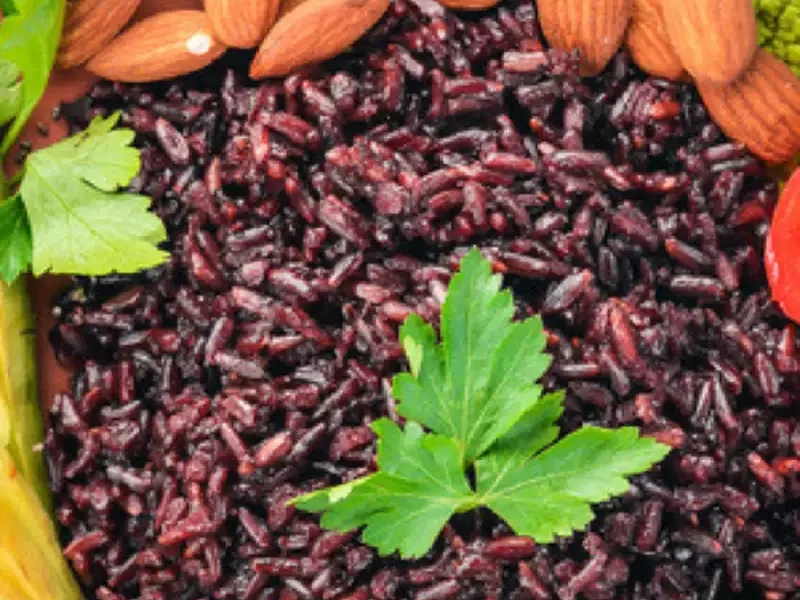Discover the nutritional powerhouse that lies within your pantry – The incredible Black Rice
Prof. Aécio D’Silva, Ph.D
AquaUniversity
Surprisingly, a single spoonful of this black superfood harbors more anthocyanin antioxidants than an equivalent spoonful of blueberries. Join us on a journey to explore the myriad health benefits of this superfood: the amazing black rice
In the realm of superfoods, black rice stands out as a true nutritional giant. Recent research by fellow scientists (1) demonstrates the distinctive nutritional qualities of this extraordinary food. Anthocyanins, the compounds responsible for the deep colors of this superfood, are the superheroes of this nutritional saga. Let’s delve into the fascinating world of these super antioxidants and discover the potential they have for our well-being.
This superfood is a type of rice that has a dark purple-black color due to its high content of anthocyanins, a group of antioxidants that have many health benefits. Let’s learn more about this superfood and how to include it in your diet.
Rice is one of the most widely consumed staple foods in the world, providing energy and nutrients to billions of people. However, not all rice varieties are created equal. Some types of rice, such as white rice, are refined and stripped of their bran and germ, which contain most of the fiber, vitamins, minerals, and antioxidants. Other types of rice, such as brown rice, are whole grains that retain their bran and germ, and thus have more nutritional value. But there is one type of rice that stands out from the rest: black rice.
The Antioxidant Power of This Superfood
Black rice, also known as forbidden rice or purple rice, is a medium-grain rice that has a deep black color and usually turns deep purple when cooked. Its dark color is due to its high content of anthocyanins, a group of antioxidants that belong to the flavonoid family. Anthocyanins are responsible for the red, purple, and blue colors of many fruits and vegetables, such as blueberries, grapes, eggplants, and red cabbage.
This superfood emerges as a hidden treasure trove of antioxidants, boasting a concentration of anthocyanins that surpasses even blueberries. These potent compounds are known for their ability to neutralize harmful free radicals in the body, contributing to cellular health and overall well-being. The deep black or purple color of this superfood signifies a high anthocyanin content, making it a stellar addition to your diet.
Anthocyanins have been shown to have various health benefits, such as reducing inflammation, protecting against oxidative stress, preventing chronic diseases, and improving cognitive function. In fact, one spoonful of black rice bran contains more anthocyanin antioxidants than an equivalent spoonful of blueberries, according to a study by researchers at Louisiana State University (1)
In this blog post, we will explore the nutritional profile, health benefits, and culinary uses of this amazing food, and why you should add this superfood to your diet.
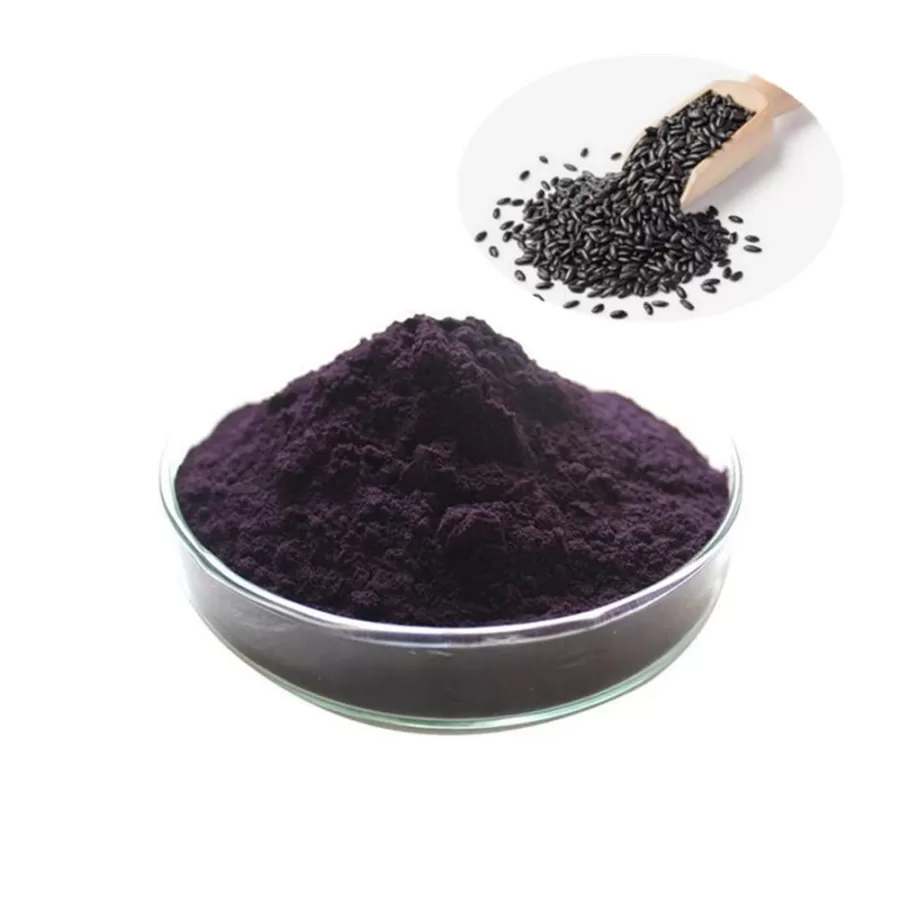
What Are the Nutritional Benefits of This Superfood?
Black rice is not only rich in anthocyanins but also in other nutrients that make it a healthy choice. Here are some of the nutritional benefits of black rice:
- High in protein: It has a higher protein content than other types of rice, with about 9 grams of protein per 3.5 ounces (100 grams), compared with 7 grams for brown rice. (2) Protein is essential for building and repairing tissues, as well as regulating various bodily functions.
- High in fiber: It has a high fiber content, with about 3 grams of fiber per 3.5 ounces (100 grams), compared with 2 grams for brown rice. Fiber helps promote digestive health, lower cholesterol levels, control blood sugar levels, and prevent constipation. (2)
- High in iron: It is a good source of iron, with about 2.2 milligrams of iron per 3.5 ounces (100 grams), compared with 1.5 milligrams for brown rice. Iron is a mineral that is vital for the production of red blood cells, which carry oxygen throughout the body. Iron deficiency can cause anemia, weakness, and fatigue. (2)
- Low in calories: It is relatively low in calories, with about 160 calories per 3.5 ounces (100 grams), compared with 180 calories for brown rice. This makes it a good option for those who want to reduce their calorie intake and maintain a healthy weight. (2)
Summary
This superfood is a nutritious type of rice that has a high content of anthocyanins, a group of antioxidants that have various health benefits. Black rice is also high in protein, fiber, and iron, and low in calories, making it a healthy choice for your diet.
What Are the Health Benefits of Anthocyanins?
Anthocyanins are the main antioxidants found in this superfood, and they are responsible for its dark purple-black color. Anthocyanins have been extensively studied for their potential health benefits, and the evidence suggests that they may have the following effects:
- Anti-inflammatory: Anthocyanins can modulate the activity of various inflammatory mediators, such as cytokines, chemokines, and enzymes, and thus reduce inflammation and pain (3). Inflammation is a common factor in many chronic diseases, such as arthritis, diabetes, and cardiovascular disease (4)
- Antioxidant: Anthocyanins can scavenge free radicals, which are unstable molecules that can damage cells and DNA and cause oxidative stress (3). Oxidative stress is associated with aging, neurodegeneration, cancer, and other diseases.

- Anticancer: Anthocyanins can inhibit the growth, invasion, and metastasis of cancer cells, and induce their death, by modulating various signaling pathways and genes involved in cell cycle, apoptosis, angiogenesis, and inflammation. Anthocyanins may also enhance the effects of chemotherapy and radiation therapy, and reduce their side effects (5)
- Neuroprotective: Anthocyanins can protect the brain from oxidative stress, inflammation, and neurotoxicity, and improve cognitive function, memory, and learning, by modulating various neurotransmitters, receptors, and enzymes involved in neuronal communication and plasticity (3). Anthocyanins may also prevent or delay the onset and progression of neurodegenerative diseases, such as Alzheimer’s and Parkinson’s (6).
- Cardioprotective: Anthocyanins can improve cardiovascular health by lowering blood pressure, cholesterol, and triglyceride levels, and by preventing the oxidation of low-density lipoprotein (LDL) cholesterol, which can cause atherosclerosis (6) Anthocyanins may also prevent or reduce the damage caused by ischemia-reperfusion injury, which occurs when blood flow is restored to an area that has been deprived of oxygen (7).
Anthocyanins are the main antioxidants found in this superfood, and they have various health benefits, such as reducing inflammation, protecting against oxidative stress, preventing cancer, improving cognitive function, and enhancing cardiovascular health.

How To Cook and Eat This Superfood?
Try recipes that perfectly blend the almond-like texture of black rice with the sweet and tart notes of vegetables and fruits like blueberries. Whether you’re a culinary enthusiast or new to the kitchen, this superfood’s versatility allows you to create meals that are not only delicious but also packed with nutritional benefits.
This amazing rice has a mild, nutty, and slightly sweet flavor, and a chewy texture. It can be cooked and eaten in a similar way as brown rice, but it may require more water and time to cook.
Here are some tips and recipes for cooking and eating this superfood
- Rinse the rice: Unlike white rice, black rice does not need to be rinsed before cooking, as this may wash away some of its nutrients. However, some people prefer to rinse it to remove any dirt or debris, and to reduce the amount of starch, which can make the rice sticky.
- Soak the rice: Soaking it for a few hours or overnight can reduce the cooking time and make the rice softer and easier to digest. However, this is optional, and some people prefer to skip this step to preserve the color and flavor of the rice.
- Cook the rice: The general ratio of water to black rice is 2:1, meaning that for every cup of it, you need 2 cups of water. However, this may vary depending on the type and age of the rice, and your personal preference. You can also use broth or stock instead of water to add more flavor.
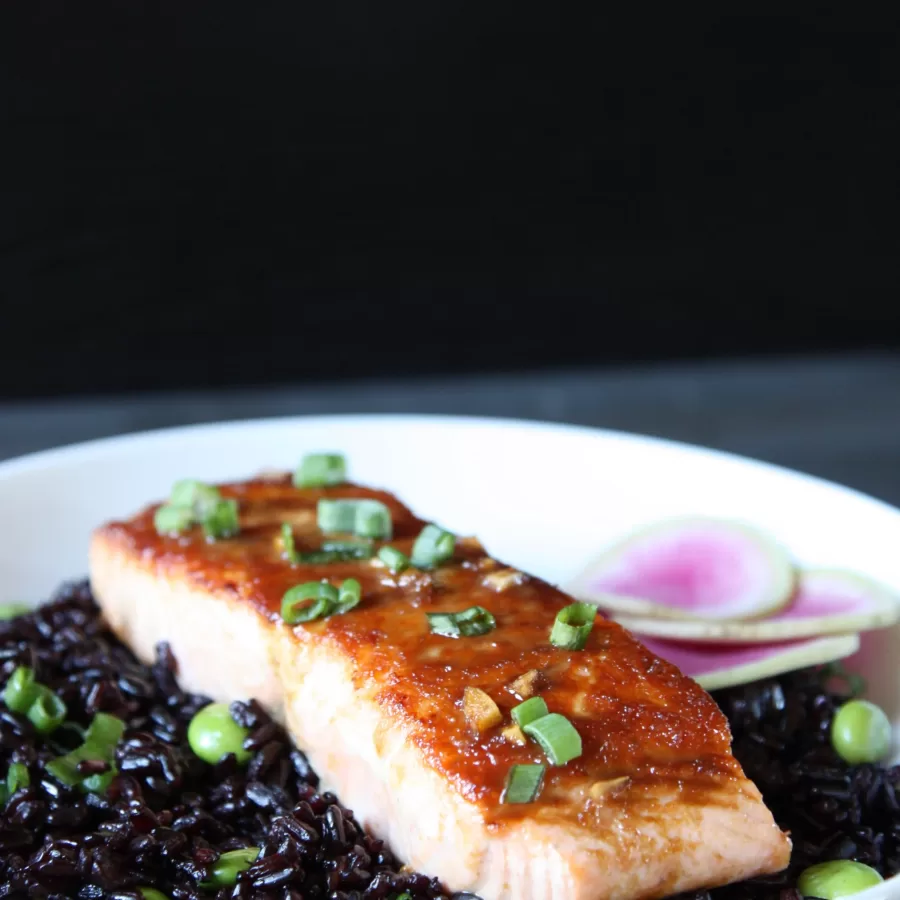
To cook black rice on the stovetop, follow these steps:
- Bring the water and rice to a boil in a large pot over high heat.
- Reduce the heat to low and cover the pot with a tight-fitting lid.
- Simmer the rice for 25–35 minutes, or until the rice is tender and the water is absorbed.
- Fluff the rice with a fork and serve or use as desired.
- Eat the rice: Black rice can be eaten as a side dish or as a base for salads, grain bowls, stir-fries, soups, and casseroles. You can also use black rice to make desserts, such as pudding, cake, or pie.
Here are some ideas of recipes that use black rice:
- Black Rice Salad with Roasted Vegetables
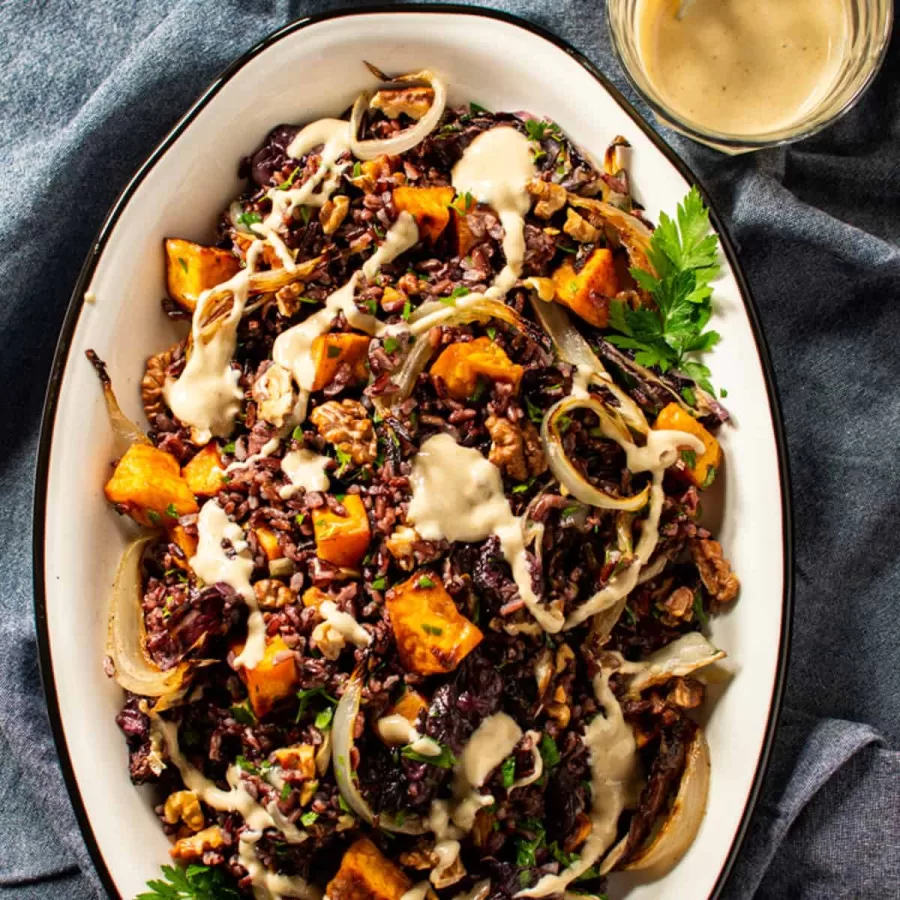
- Black Rice Stir-Fry with Tofu and Broccoli
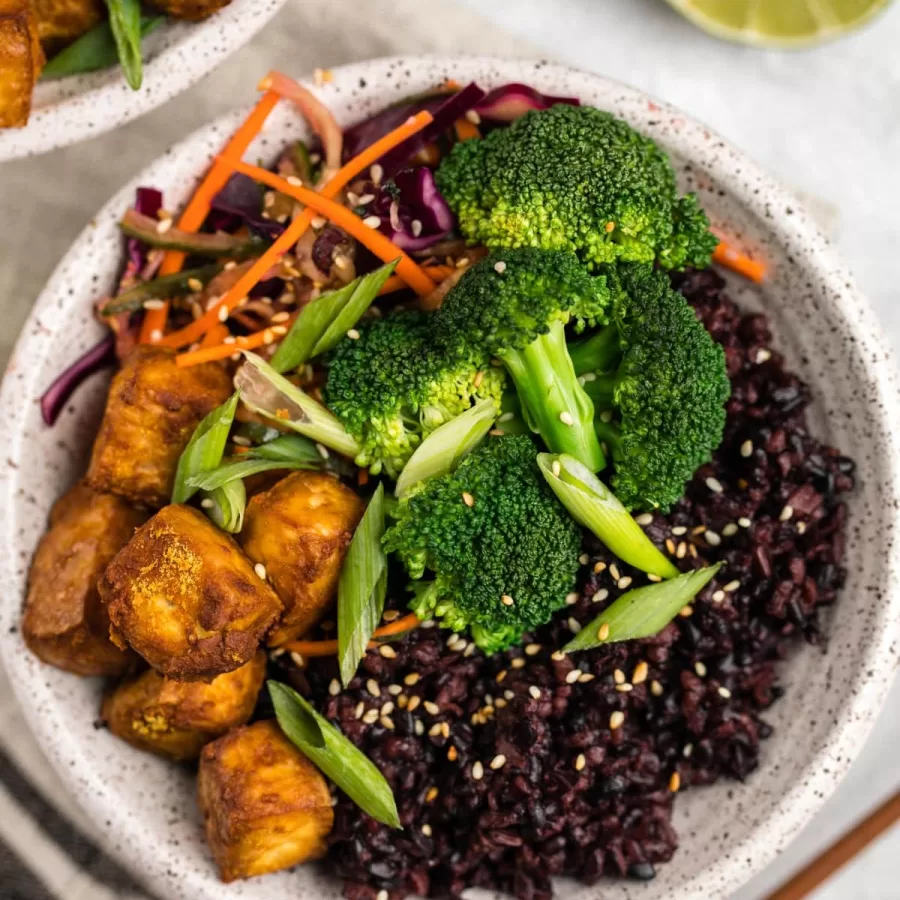
- Black Rice Soup with Chicken and Corn
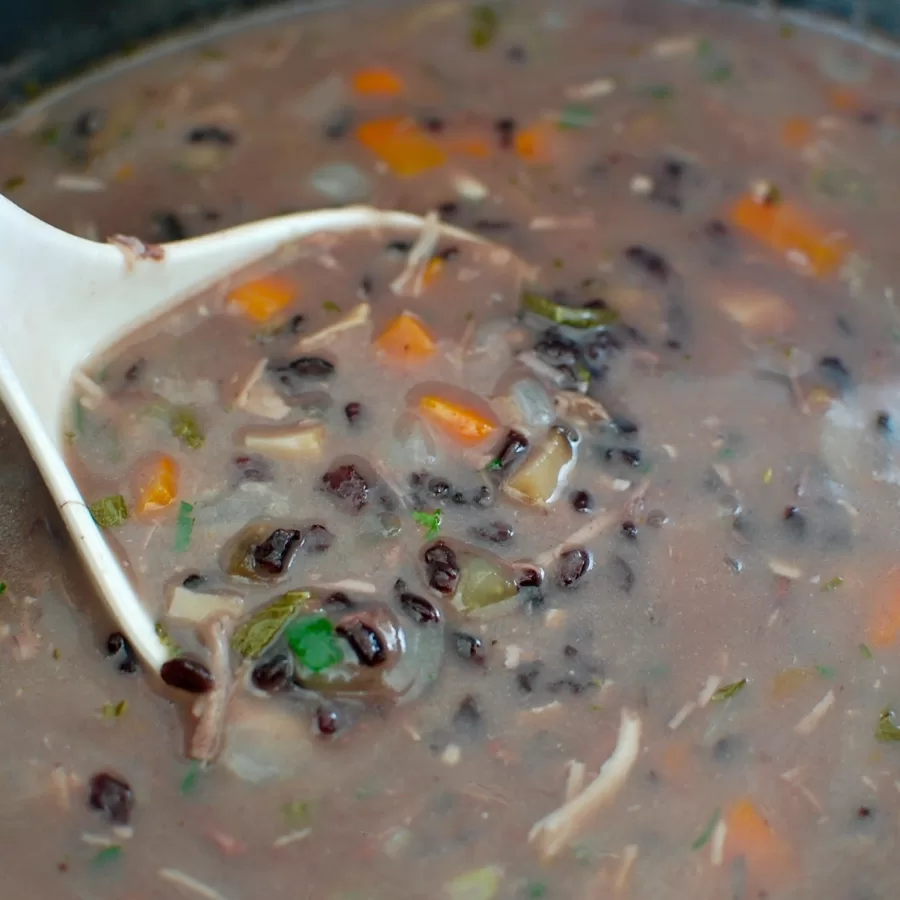
- Black Rice Pudding with Coconut and Mango
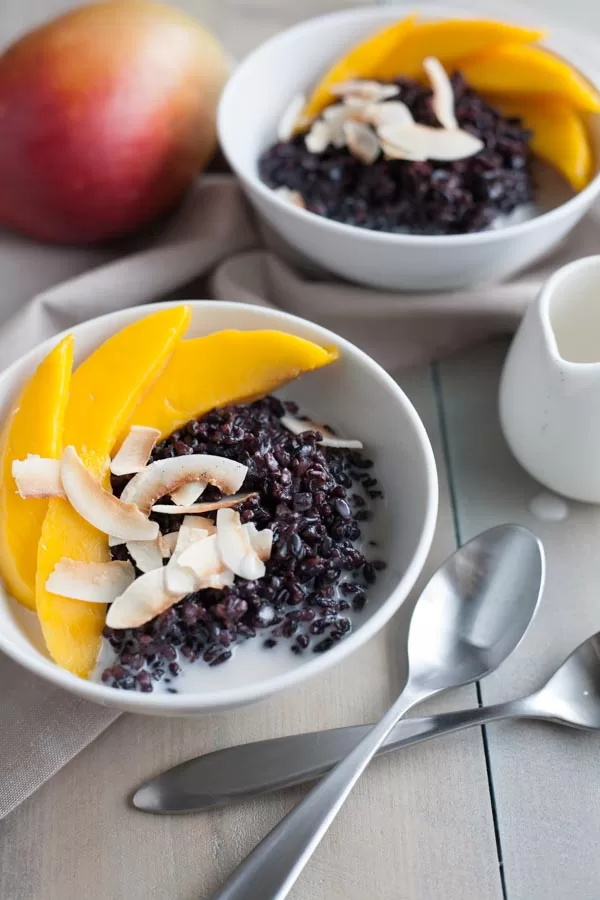
- Black Rice Cake with Chocolate Ganache

Easily, black rice can be cooked and eaten in a similar way as brown rice, but it may require more water and time to cook. Black rice has a mild, nutty, and slightly sweet flavor, and a chewy texture. It can be used to make various dishes, such as salads, grain bowls, stir-fries, soups, and desserts.
In conclusion, Black Rice is a type of rice that has a dark purple-black color due to its high content of anthocyanins, a group of antioxidants that have many health benefits. Black rice is also high in protein, fiber, and iron, and low in calories, making it a nutritious and delicious choice for your diet. Black rice can be cooked and eaten in a similar way as brown rice, but it may require more water and time to cook. Black rice can be used to make various dishes, such as salads, grain bowls, stir-fries, soups, and desserts. By adding black rice to your diet, you can enjoy its flavor, texture, and color, as well as its antioxidant and anti-inflammatory effects (8).
References:
(1) https://www.healthline.com/nutrition/black-rice-benefits.
(2) https://www.thekitchn.com/what-is-black-rice-how-to-cook-it-23152636.
(3) https://www.webmd.com/vitamins/ai/ingredientmono-1616/black-rice.
(4)https://insanelygoodrecipes.com/forbidden-black-rice/.
(5)https://www.healthline.com/nutrition/anthocyanin.
(6)https://health.clevelandclinic.org/anthocyanins/.
(7) https://www.verywellhealth.com/the-scoop-on-anthocyanins-89522.
(8)https://insanelygoodrecipes.com/forbidden-black-rice/:Inflammation:Causes, Symptoms & Anti-Inflammatory Diet
